
Phlox is a genus of 67 species of perennial and annual plants in the family Polemoniaceae.
Phlox in bloom are a sight to behold, with masses of small, star-shaped, colorful flowers blanketing the plants. There are several types, the most common of which are spring-blooming creeping phlox and summer-blooming tall phlox.
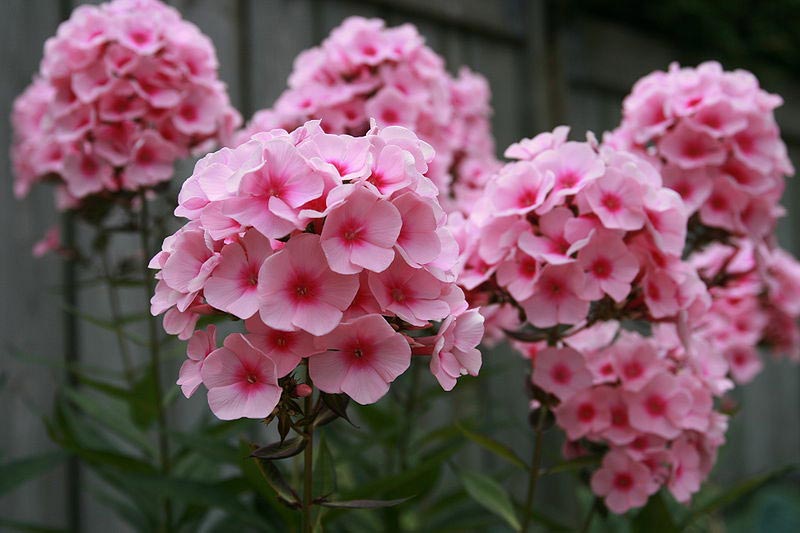
About Plant
There is a type of phlox suitable for almost any garden situation. Use spring-blooming creeping phlox as a ground cover in rock gardens and in woodland plantings. Tall garden phlox brighten the back of the border with their exuberant early summer flowers. Tall phlox are susceptible to powdery mildew, especially in regions with hot, humid summers, so choose resistant varieties.

Special Features
- Easy care/low maintenance
- Multiplies readily
- Fragrant
- Good for cut flowers
- Attracts hummingbirds
- Attracts butterflies
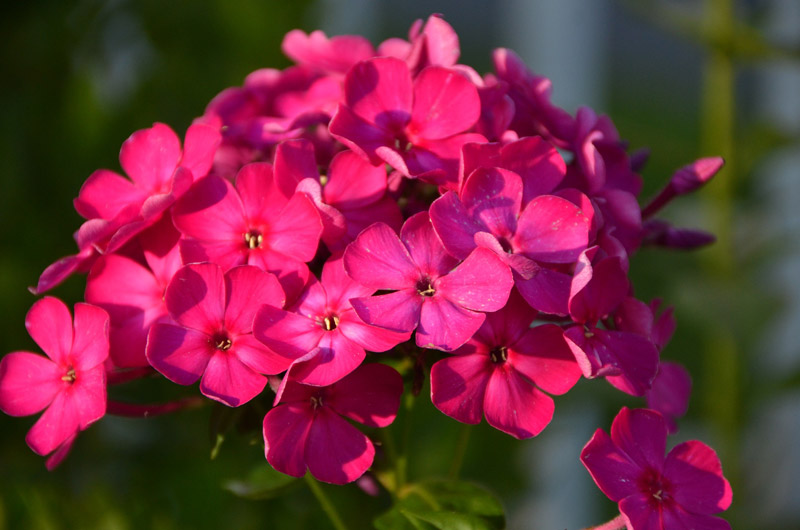
Site Selection
Select a site with moist, well-drained soil. Some types prefer full sun while other types thrive in shade.
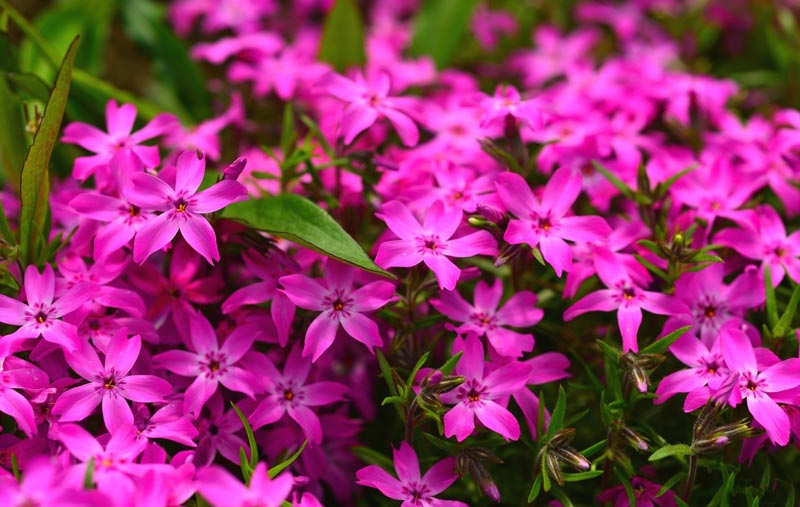
Planting Instructions
Plant in spring, spacing plants 1 to 2 feet apart, depending on the variety. Prepare the garden bed by using a garden fork or tiller to loosen the soil to a depth of 12 to 15 inches, then mix in a 2- to 4-inch layer of compost. Dig a hole twice the diameter of the pot the plant is in. Carefully remove the plant from its container and place it in the hole so the top of the root ball is level with the soil surface. Carefully fill in around the root ball and firm the soil gently. Water thoroughly.
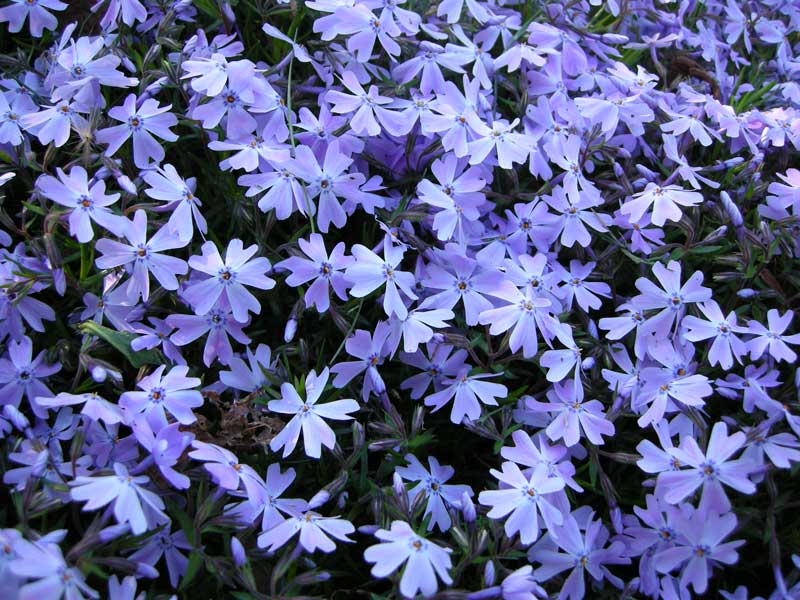
Care
Apply a thin layer of compost each spring, followed by a 2-inch layer of mulch to retain moisture and control weeds. Water plants during the summer if rainfall is less than 1 inch per week. As flowers fade, cut back old flower stems to encourage rebloom. Divide tall garden phlox every 2 to 3 years to promote vigor and minimize disease problems. After the first killing frost, cut stems on tall phlox back to an inch or two above soil line.
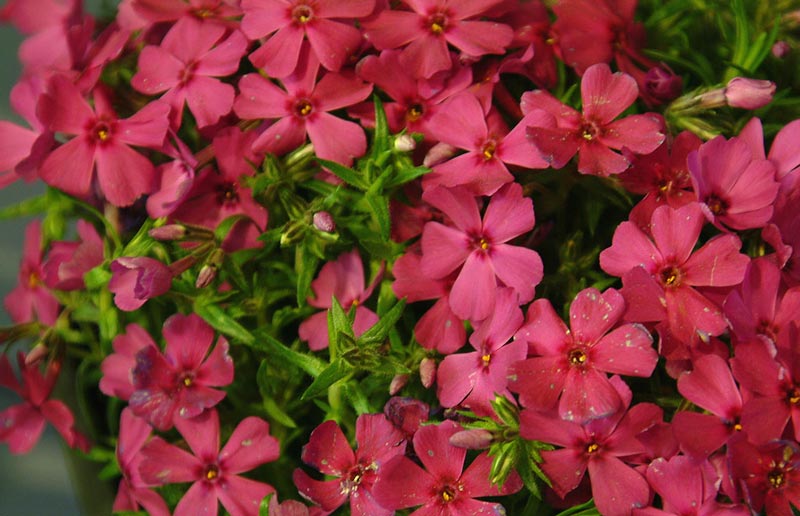
Plant Propagation
Phlox are grown from seeds. Phlox seeds can be directly seeded into your flower garden or seeded indoors for transplanting later. For spring blooms, start indoors six to eight weeks before the last frost. Young seedlings will transplant well into their permanent home.
Plants can also be propagated by division. Divide and replant clumps of Phlox right after the blooming period,or in early fall.
Sow Phlox seeds early in the season and cover lightly with 1/8″ of fine garden or potting soil. Water thoroughly once.
Transplant Phlox into your garden after the last frost date for your area. Space them 8-10″ apart. They will tolerate a little crowding. They will look great filling in a flowerbed, or as a border edging.
Insect and Disease
Nematodes can be a problem. Treat early with insecticides specific to nematode. If disease problems occur, treat early with fungicide.

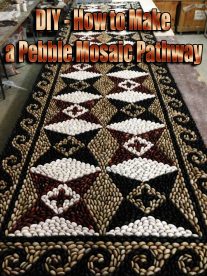


Leave a Reply